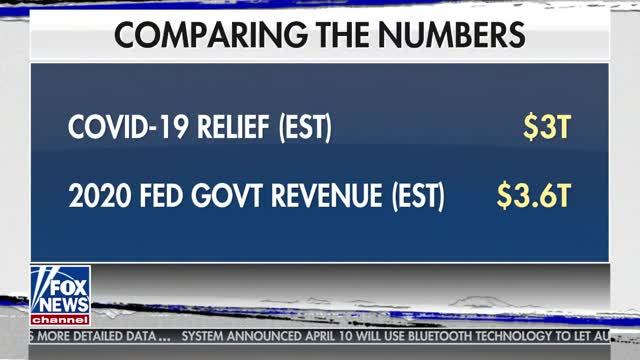Kornacki: ‘The Republican Coalition that Elected Trump Last Tuesday, It’s Younger, It’s More Diverse, It’s More Blue-Collar than Before for Trump’
EXCERPT:
KORNACKI: “Let's take a look here basically at what's emerged as the coalition that elected Donald Trump, because I think there's some striking changes here from when he first came on the scene and ran 8 years ago. The Republican coalition that elected Trump last Tuesday, it's younger, it's more diverse, it's more blue collar than before for Trump, and really that at any point for the Republican Party in modern history. This is what we mean, says pre-Trump right here, that's the last presidential election before Donald Trump came on the scene, so that would be 2012 when Mitt Romney was the Republican nominee. In that election, the youngest voters, voters under 30, went for the Democrats by 23 points, the voters with incomes under $50,000, Democrats by 22 points, voters without a college degree, Democrats by 4 points. That's before Trump came along. And now, 2024, this is how those groups split last week. Look at this, the young vote, voters under 30, that margin for Democrats cut more than in half. Under $50,000 has swung all the way over now to a Republican win of 3 points, voters without a college degree from +4 for the Democrats, nearly a 20-point shift now, +14 for Trump and the Republicans. Look at the racial ethnic group breakdown here. You see it as well. Black voters, still a very core Democratic constituency, but look, pre-Trump, it was nearly a 90-point margin among black voters for Democrats. Last week, it was 72, that's a 15-point shift. This is the big one. Hispanic voters, it was a 44-point margin, that was the Democratic advantage before Trump last week, down to just 6 points. And Asian-Americans, it was nearly a 50-point margin for Democrats before Trump, down to 15 points. So those are the changes that powered Trump, powered the Republican coalition. And as Trump now seems set to win the national popular vote, that's a big reason why. He didn't just make gains in the swing states that got him the Electoral College, he made big gains in big blue states. He didn't win any electoral votes in places like New York, New Jersey, California, but he got closer than he did before. And that's worth millions of votes, and that's how he gets the national popular vote.”
Video files (1)









